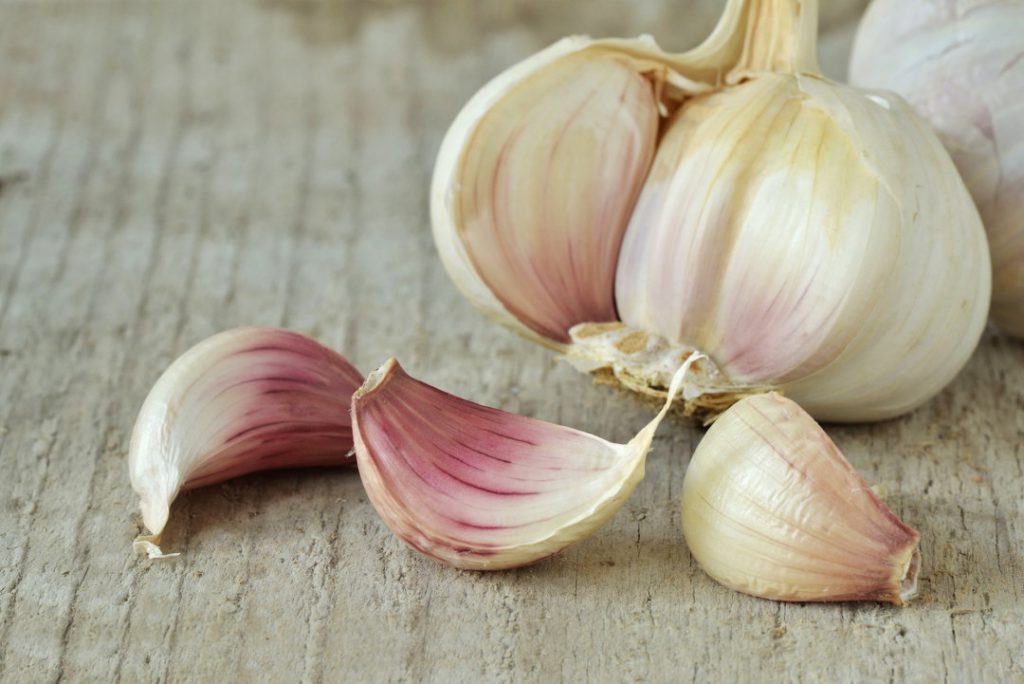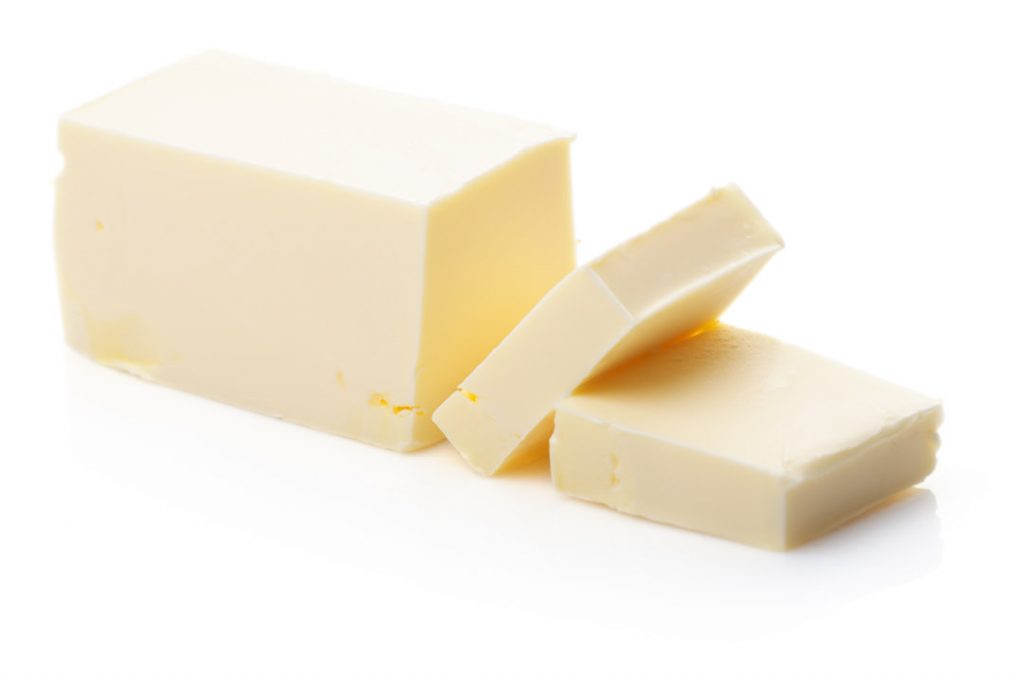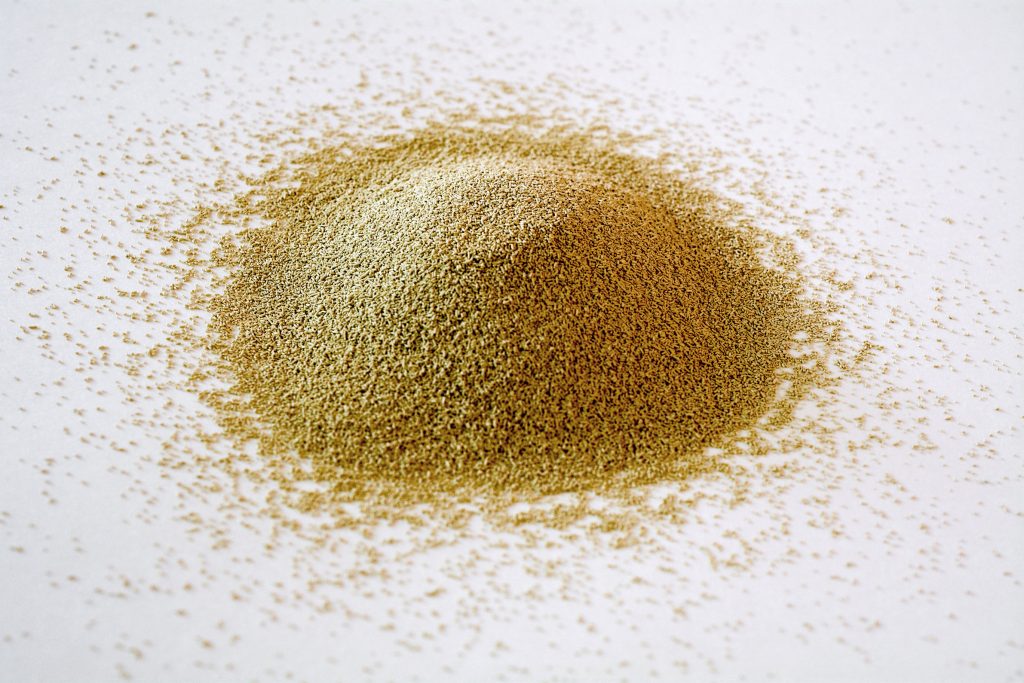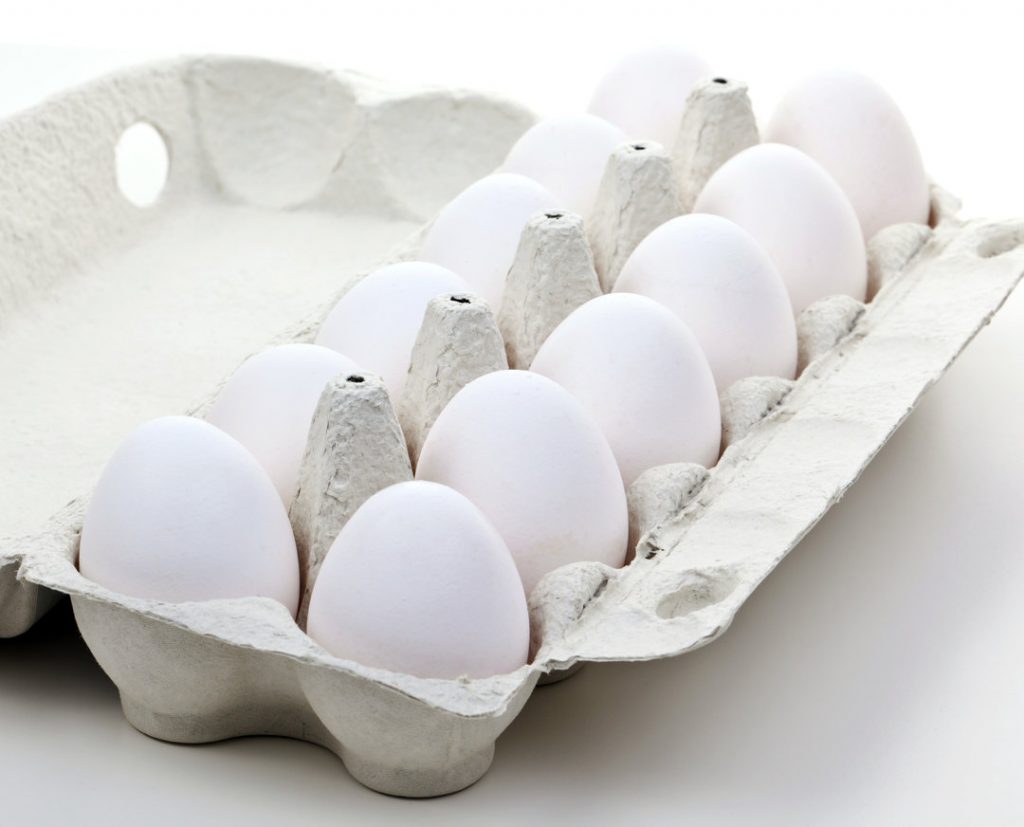Much is uncertain in these uncertain times, and one of those things is the availability of some items at the grocery store.
When the coronavirus panic first hit, flour and yeast flew off the shelves like they were toilet paper. Everyone seemed to decide at once that if they were going to be home, they might as well bake some bread.
The availability of eggs has been spotty, too, as well as butter. There have been blank spaces in some sections of the produce department. At the beginning of the panic, stores sold out of garlic, which I can’t begin to understand.
Flour, yeast, butter and garlic. Was everybody making garlic bread?
Fortunately, the supply chain has mostly caught up with demand, or perhaps demand has slowed down until the supply chain could catch up with it. But there is always a nagging question or two when you go to the grocery store: Will it be out of something I need?
For just such a case, we are offering some food substitutions — things you can use to cook what you want when the store is out of what you need.

Dreamstime/TNS
Garlic
Fresh herbs
If you can’t find the fresh herb you want, obviously you can get by just fine with dried herbs, and there doesn’t seem to have been a run on any of those.
Just remember that dried herbs are a lot stronger than fresh, because the flavor is concentrated. They are typically about three times stronger, so if a recipe calls for a teaspoon and a half of something fresh, use a half-teaspoon of it dried.
Don’t forget that dried herbs lose their potency in time. If you have had them for more than three years, it’s time to get new ones. And never store them over the stove; heat makes them lose their potency, too.
Butter
For nearly all purposes, including baking, you can substitute margarine for butter. Cookies made with lower-fat margarines will spread on the sheet and are more likely to burn because of it, however, but margarine that is 80% fat and above should be fine, according to Smithsonian magazine.
But what if the store is also out of margarine? Or if you just have to have that delicious butter flavor?
You can always make your own. All you need is heavy cream and a little salt — and you don’t even need the salt.
Onions
The best substitute for fresh onions is fresh shallots, though they are milder in flavor. They are also considerably more expensive, if you have to use a lot of them. Dried onion flakes and onion powder are also effective substitutes.
Similarly, if you don’t have shallots, you can always use onion — but use half as much as the recipe calls for.
Garlic
For some reason, when garlic sold out no one seemed to buy the minced version that comes in a jar. It is literally garlic that has been minced and put in a jar. It’s fresh, more or less, and you use it in the same proportion that you would use with garlic that you mince yourself.
If you don’t want to use the jarred minced garlic (and I will admit that I did not buy it myself when I was looking for garlic and it was sold out), you can always use garlic powder or garlic flakes, if you can find them. If you use garlic salt, be sure to reduce the amount of salt you add to the rest of the recipe.
Yeast
Yeast is all around us, floating in the air. When ancient Romans, for instance, baked bread, they did not go to their local Shop ‘n’ Spend and buy a three-pack of Fleishmann’s. They mixed flour with water and waited for the yeast in the air and on the flour to react, which allowed the bread to rise.
You can do the same thing at home.
As I write this, I am making a fourth attempt — this one following the instructions from King Arthur Flour. I cannot personally vouch for the recipe (yet), but on the assumption that it works we’ve provided a recipe.
Buttermilk
If you don’t have yeast and you don’t want to go to the time or trouble to make a sourdough starter, you can always make soda bread, which does not need yeast.
It does, however, require buttermilk. And if the store is out of buttermilk, it is quite easy to make a substitute. All you need is milk and lemon or vinegar.
Mix one cup of milk with one tablespoon of lemon juice or white vinegar. Let the mixture curdle for about 10 minutes, and then stir it all together. The result very closely mimics the taste of buttermilk.
Feel free to use it in soda bread, pancakes, biscuits, corn bread or even fried chicken.
Eggs
If you’re looking for a substitute for eggs for breakfast, you can always use products such as Egg Beaters or Liquid Eggs. These are, in fact, egg whites that are colored yellow to resemble scrambled eggs or omelets when cooked.
For most baking, you can use unsweetened applesauce instead of eggs (if you use sweetened applesauce, simply reduce the amount of sugar used in the rest of the recipe). One-quarter cup of applesauce is the baking equivalent of one egg.
You can also find powdered eggs, which have their place. Like, if you have to feed an entire battalion. But that’s really the only example.

Dreamstime/TNS
Butter
Recipes to try
Homemade butter
Yield: About 1 cup, or 2 sticks (16 servings)
Ingredients:
- 2 cups heavy cream, see note
- 1/2 teaspoon salt, optional
Note:
Because of its higher butterfat content, heavy cream is preferable to whipping cream, but whipping cream will work fine. If possible, use cream that is not ultra-pasteurized. Ultra-pasteurized will work, but it will have less flavor.
Directions:
- The cream will turn to butter faster if it is first left out of the refrigerator for an hour or so, but this step is not necessary. Pour cream into a food processor, a blender or a stand mixer fitted with a whisk. Blend on medium-high speed or mix on medium-high speed (you will need to cover the mixing bowl with a clean towel). The cream will first thicken into whipped cream, then separate into clumps of butter and buttermilk.
- Strain out the buttermilk, reserving it if you choose. Place the clumps of butter in a bowl and use a large spoon to press them together. Drain out the buttermilk, and continue pressing and draining until no more liquid escapes from the butter. If desired, stir in optional salt. If all the buttermilk has been removed, the butter will keep in the refrigerator for three weeks.
Per serving: 100 calories; 11 g fat; 7 g saturated fat; 90 mg cholesterol; no protein; no carbohydrate; no sugar; no fiber; 63 mg sodium; no calcium

Dreamstime/TNS
Yeast
Sourdough Starter
Ingredients:
- 1 cup whole wheat or rye flour (or 1 more cup all-purpose flour)
- 8 cups all-purpose flour or more
- Water
Note:
If at any time the starter begins to dry out, simply mix in a little bit of water.
Directions:
- Combine 1 cup whole wheat, rye or all-purpose flour with 1/2 cup cool water (lukewarm water if your house is cold) in a 1-quart or larger nonreactive container, such as glass, crockery, stainless steel or food-grade plastic. Cover loosely and let sit at warm room temperature, about 70 degrees, for 24 hours.
- You may see no activity at all in the first 24 hours, or there may be some bubbling or growth in size. Either way, weigh out 4 ounces of the mixture, about 1/2 cup, and discard the rest — not down the sink or through other plumbing. Add 1 cup of all-purpose flour and 1/2 cup of cool water (lukewarm if your house is cold). Mix, cover loosely and let sit at warm room temperature for 24 hours.
- By the third day, you’ll likely see some activity — bubbling; a fresh, fruity aroma, and some evidence of expansion. It’s now time to begin two feedings daily, as evenly spaced as your schedule allows. For each feeding, weigh out 4 ounces of starter (a generous 1/2 cup) and discard the rest. Stir in 4 ounces (a scant 1 cup) of all-purpose flour and 1/2 cup of cool (or lukewarm) water.
- Repeat the process on the fourth and fifth days, feeding the starter every 12 hours.
- By the end of the fifth day, the starter should have doubled in volume, with lots of bubbles and a tangy aroma. If it hasn’t risen sufficiently and does not have enough bubbles, repeat the every-12-hour feedings until the starter is risen and bubbly.
- Once the starter is ready, give it one last feeding. Discard all but 4 ounces (a generous 1/2 cup). Feed as usual. Let the starter rest at room temperature for 6 to 8 hours; it should be active, with bubbles breaking the surface.
- Remove however much starter you need for your recipe — typically no more than 8 ounces, about 1 cup. If your recipe calls for more than 1 cup of starter, give it a couple of feedings without discarding, until you’ve made enough for your recipe plus 4 ounces to keep and feed again.
- Transfer the remaining 4 ounces of starter to its permanent home: a crock, jar or whatever you’d like to store it in long-term. Feed this reserved starter with 1 cup of flour and 1/2 cup water, and let it rest at room temperature for several hours, to get going, before covering it. If you’re storing starter in a screw-top jar, screw the top on loosely rather than airtight.
- Store this starter in the refrigerator, and feed it regularly with a scant 1 cup flour and 1/2 cup water once a week. The starter can be kept indefinitely in this manner.
Recipe by King Arthur Flour
— Daniel Neman, St. Louis Post-Dispatch




